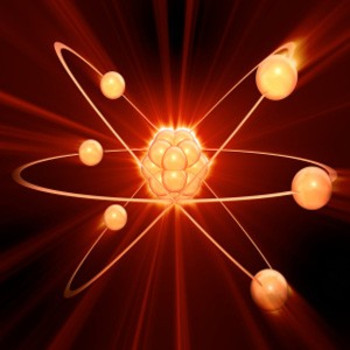Question #8f075
1 Answer
The purpose of cellular respiration is to turn food into usable energy for the cell.
Explanation:
Food is not a usable energy source for cells, they can't use it to fuel their processes. The purpose of cellular respiration is to turn glucose from food into ATP (adenosine triphosphate) which is the form of energy cells use to fuel all processes.
It is called respiration because the cells use oxygen in the process and produce carbon dioxide (and water) as 'waste products':
Cellular respiration can be divided into three processes:
- Glycolysis : breakdown of glucose, produces some ATP and frees some electrons.
- Krebs cycle : series of reactions to free electrons from glucose-derived molecules, also produces some ATP
- Electron transport chain : the electrons from previous steps are used to produce a lot of ATP.
Glycolysis takes place in the cytoplasma and the other two phases take place in the mitochondria.
NADH and FADH2 mentioned in the image are the molecules that carry electrons to the electron transport chain.

